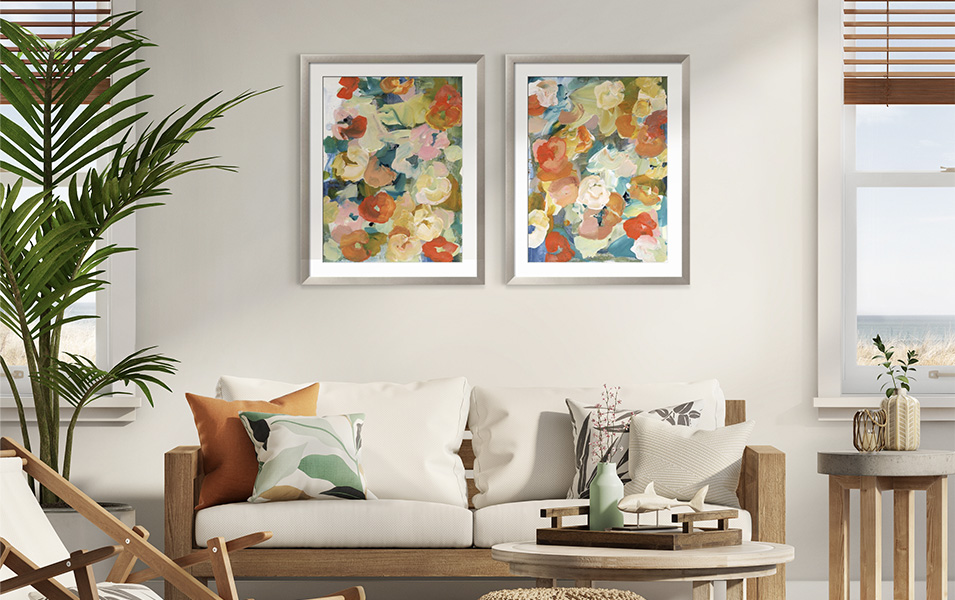Painting seascapes can be a daunting task for beginners, but with the right techniques and guidance, you can create captivating ocean scenes that truly capture the beauty of the sea. In this beginner's guide, we will explore some tips and tricks to help you on your journey to painting stunning seascapes.
Materials Needed
Essential materials:
- Canvas or paper
- Acrylic or oil paints
- Paintbrushes of various sizes
- Palette for mixing colors
Optional materials:
- Easel
- Mixing medium
- Palette knives
- Reference photos of ocean scenes
Choosing the Right Colors
When painting seascapes, it's important to choose the right colors to truly capture the essence of the ocean. Here are some tips for selecting the perfect colors:
Blues and Greens:
- Use a variety of blues and greens to create depth in your ocean scene.
- Experiment with mixing different shades to achieve a realistic look.
Earth Tones:
- Add earth tones like browns and grays to create contrast and add interest to your painting.
- These colors can be used for rocks, cliffs, or sandy beaches.
Understanding Light and Shadows
Light and shadows play a crucial role in creating a realistic ocean scene. Here are some tips for mastering light and shadows in your seascapes:
Pay Attention to the Light Source:
- Determine where the light source is coming from in your scene.
- Use lighter colors to create highlights where the light hits the ocean surface.
Creating Shadows:
- Add shadows to create depth and dimension in your painting.
- Use darker colors to create shadows in areas where light is blocked.
Adding Texture to Your Painting
Texture can add depth and interest to your ocean scene. Here are some techniques for adding texture to your seascapes:
Using Different Brushstrokes:
- Experiment with different brushstrokes to create texture in the water, waves, and clouds.
- Use a dry brush technique to create a sense of movement in your painting.
Adding Details:
- Add details like seagulls, boats, or rocks to add interest to your painting.
- Small details can make a big difference in the overall composition of your ocean scene.
Creating Depth and Perspective
Creating depth and perspective in your ocean scene can make your painting more realistic and engaging. Here are some tips for achieving depth and perspective in your seascapes:
Foreground, Middleground, and Background:
- Divide your painting into three parts: foreground, middleground, and background.
- Add details and texture to each part to create depth and dimension.
Using Atmospheric Perspective:
- Use lighter colors and softer edges in the background to create the illusion of distance.
- As objects recede into the distance, they appear lighter and less detailed.
Practice and Patience
Painting seascapes is a skill that takes time and practice to master. Here are some tips for improving your painting skills:
Practice Regularly:
- Set aside time each day to practice painting seascapes.
- Experiment with different techniques and styles to find what works best for you.
Study Other Artists:
- Study the work of other artists who paint seascapes to learn new techniques and get inspiration.
- Take note of how they use color, light, and composition in their paintings.
Be Patient:
- Remember that painting seascapes takes time and patience.
- Don't get discouraged if your painting doesn't turn out the way you want it to – keep practicing and learning from your mistakes.
With practice and dedication, you can create stunning ocean scenes that truly capture the beauty and majesty of the sea. Keep experimenting, learning, and honing your skills, and soon you'll be painting captivating seascapes that will impress and inspire others.
